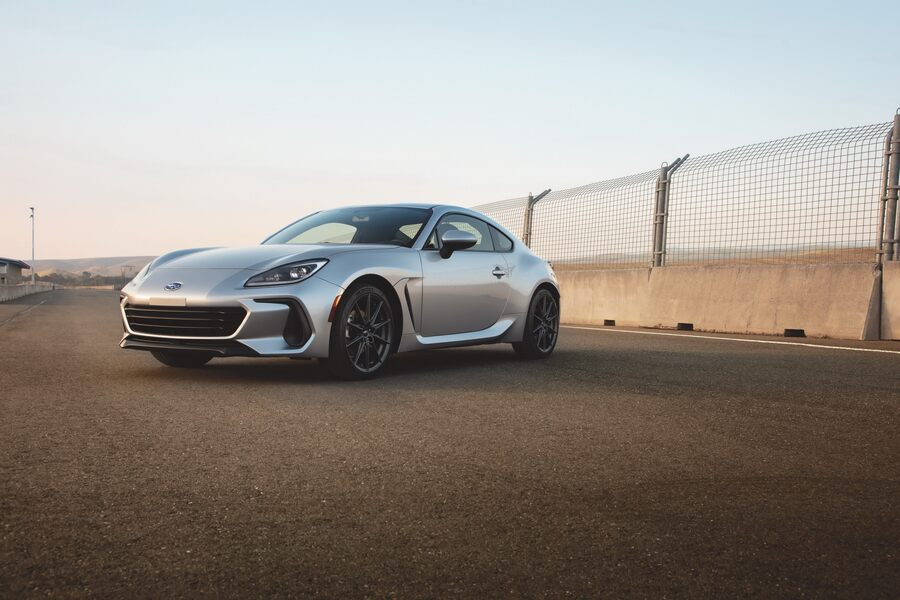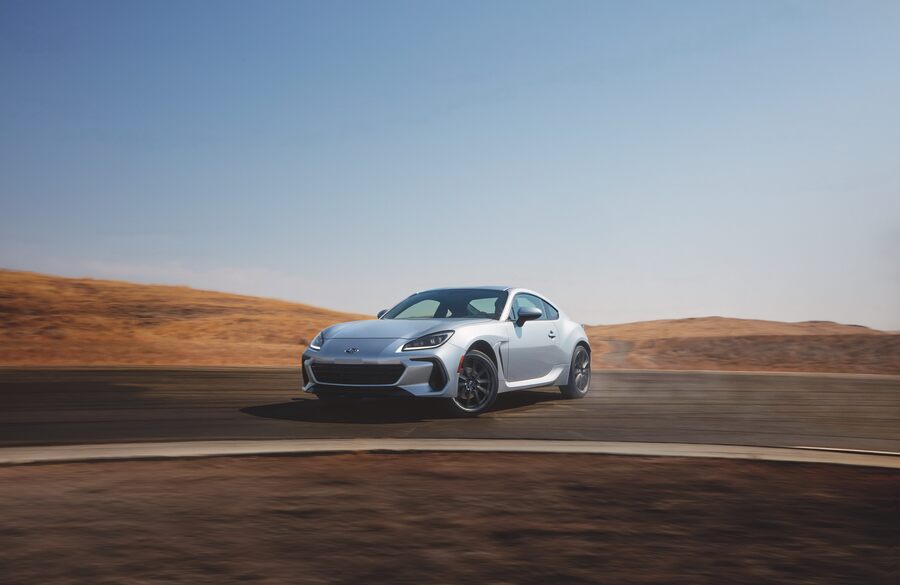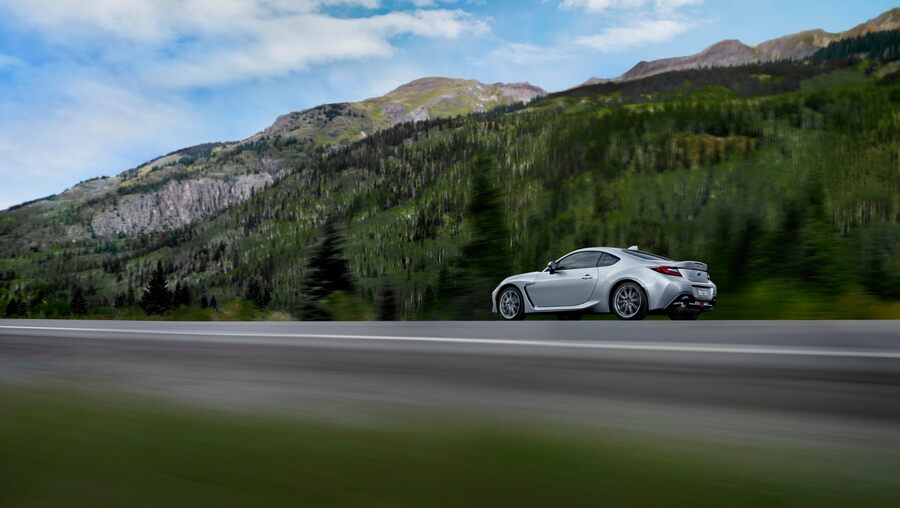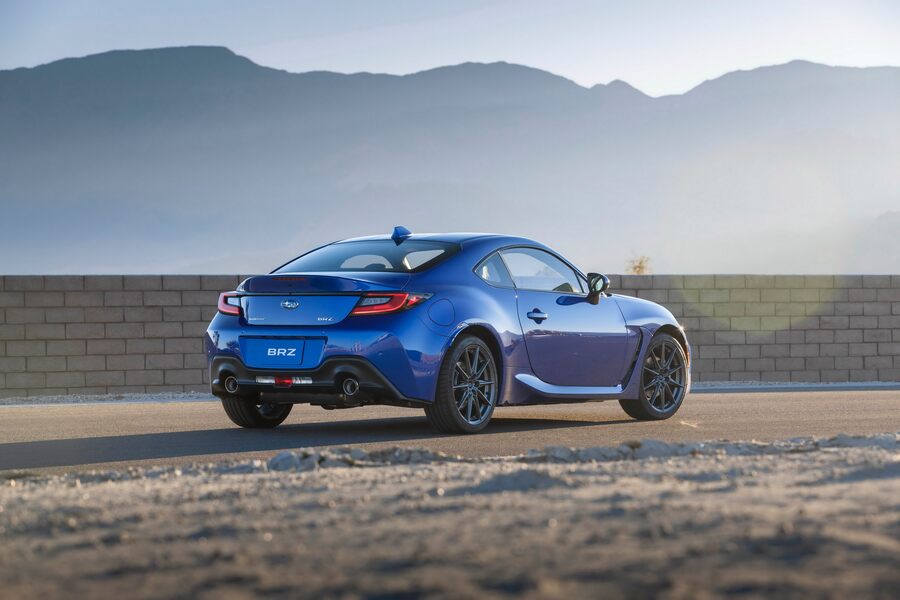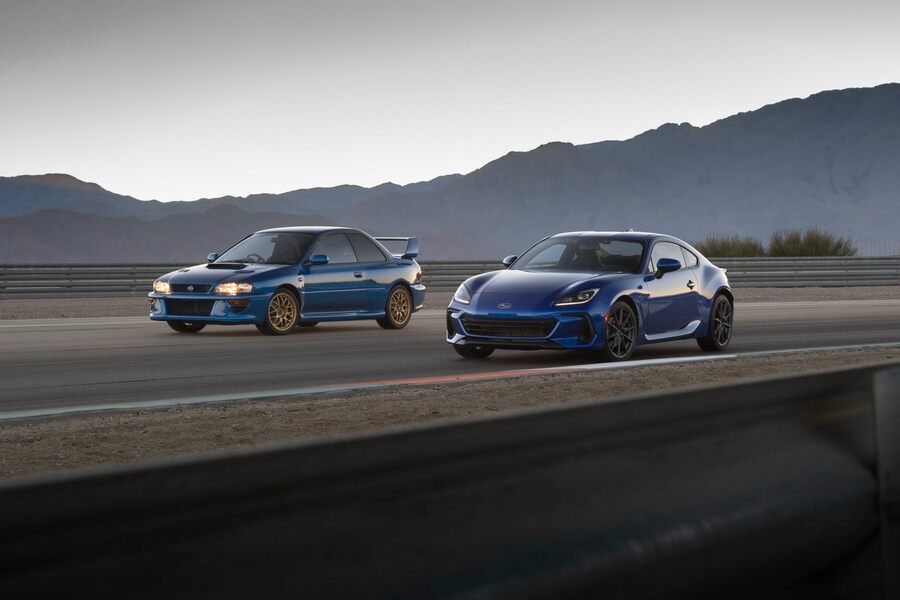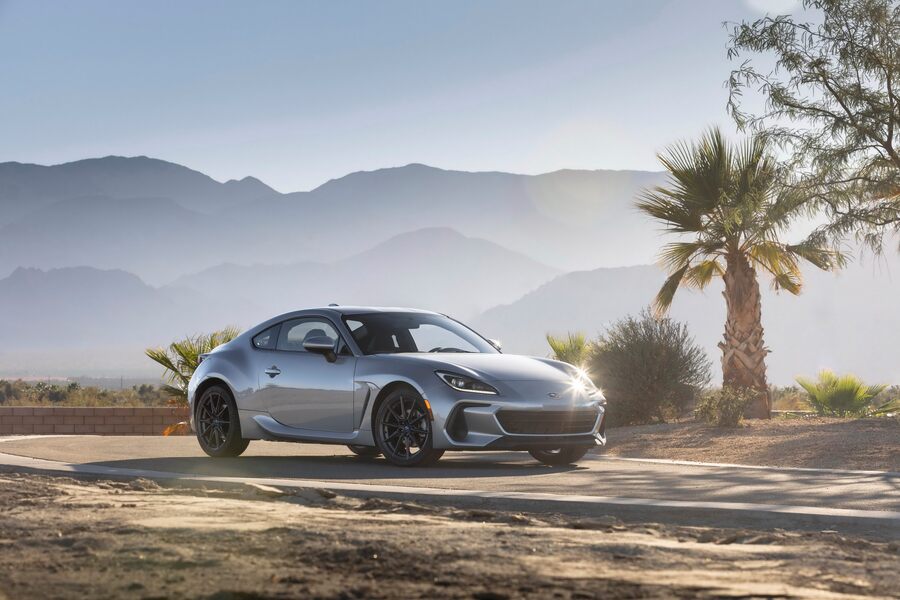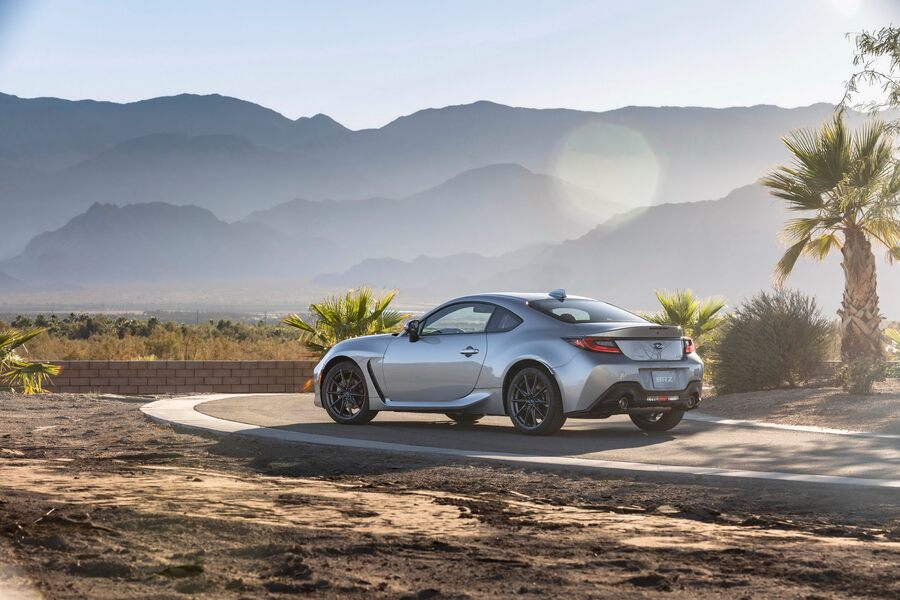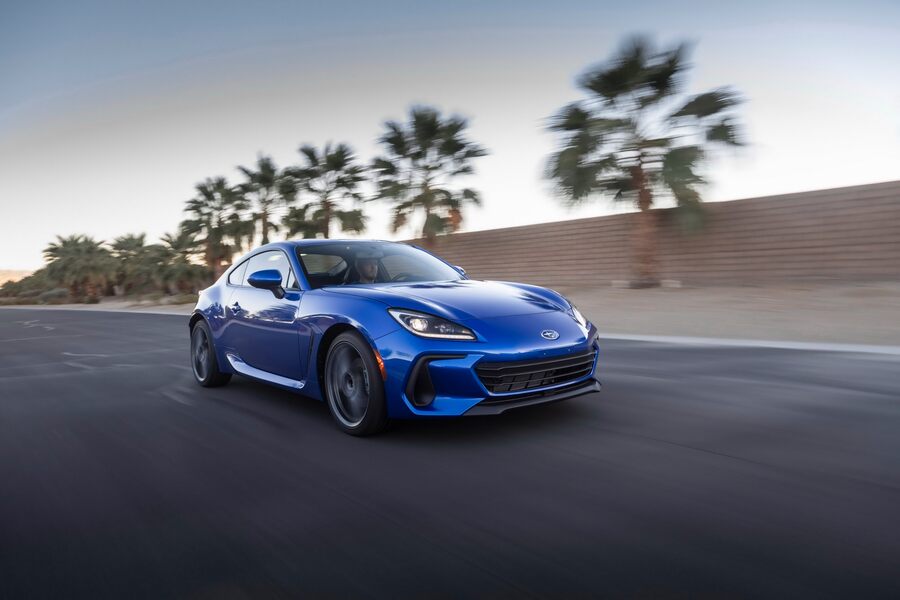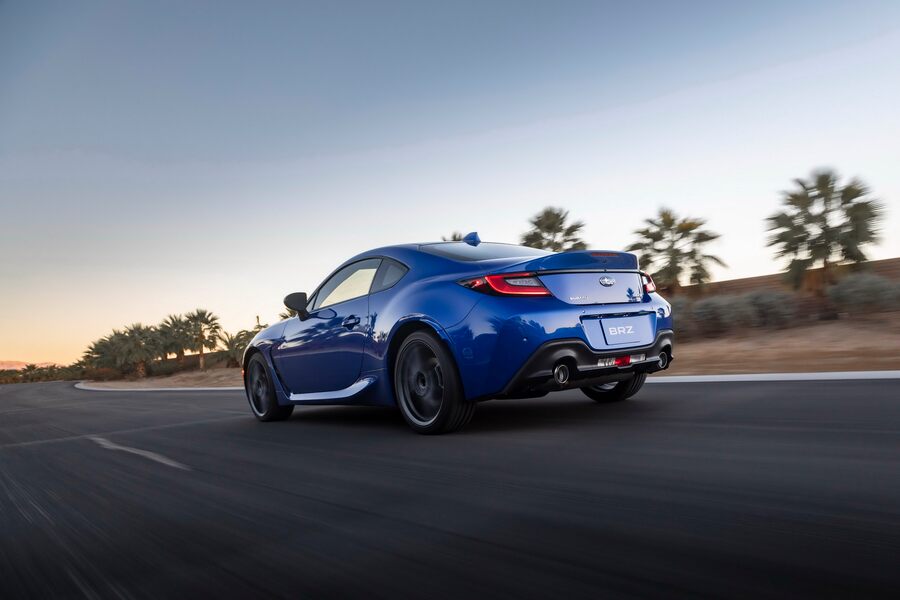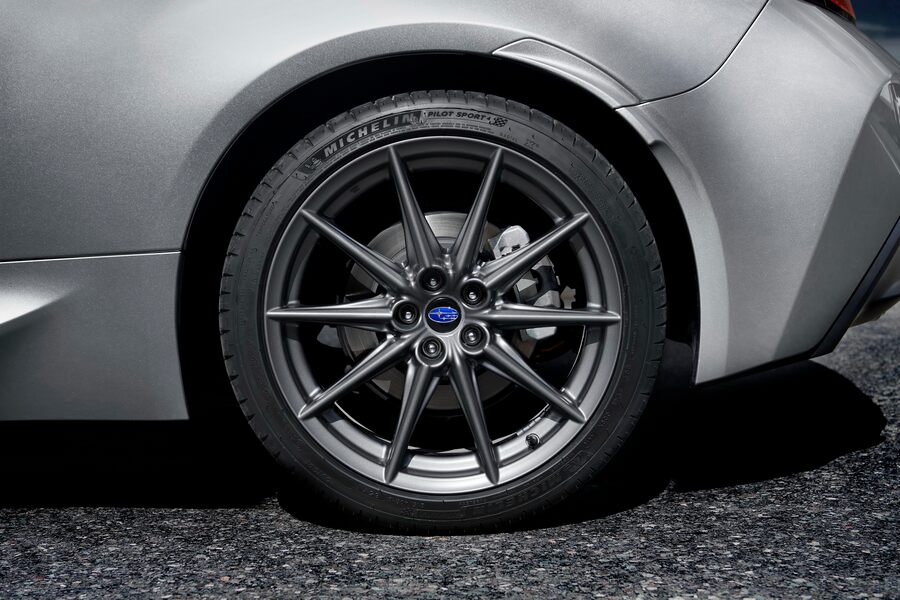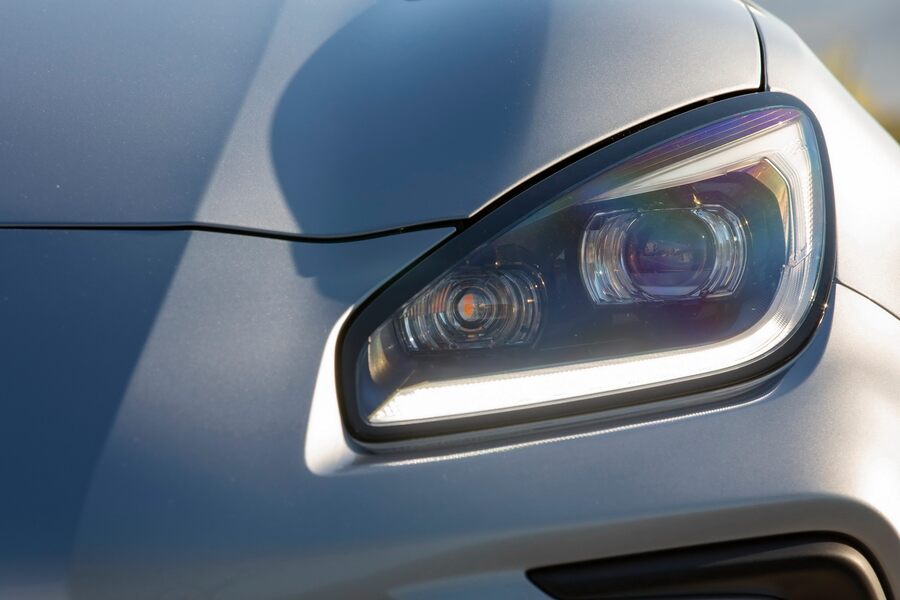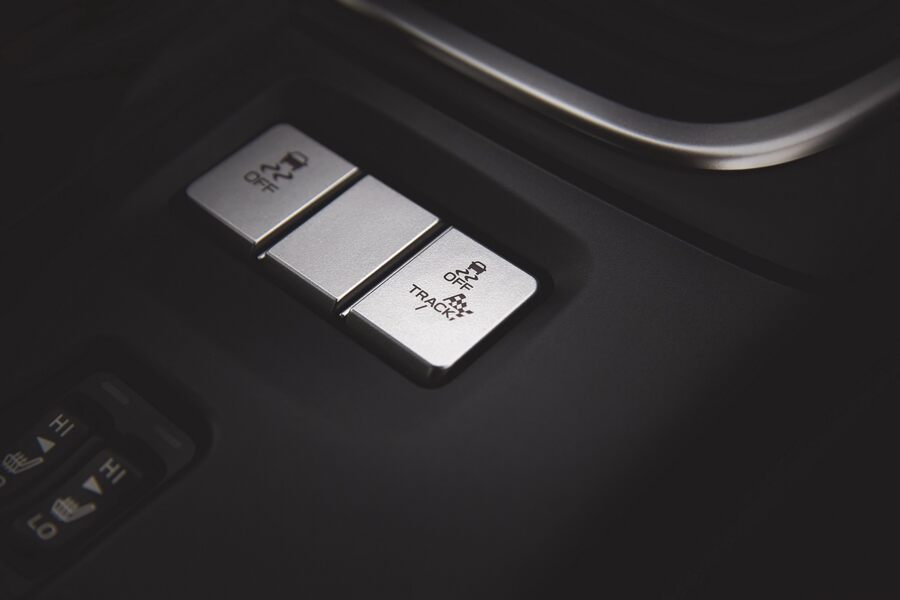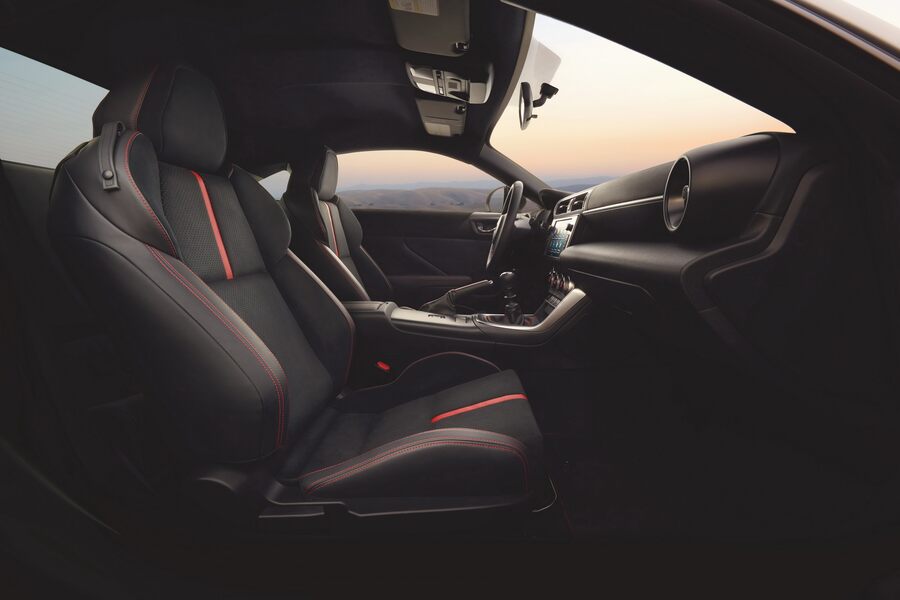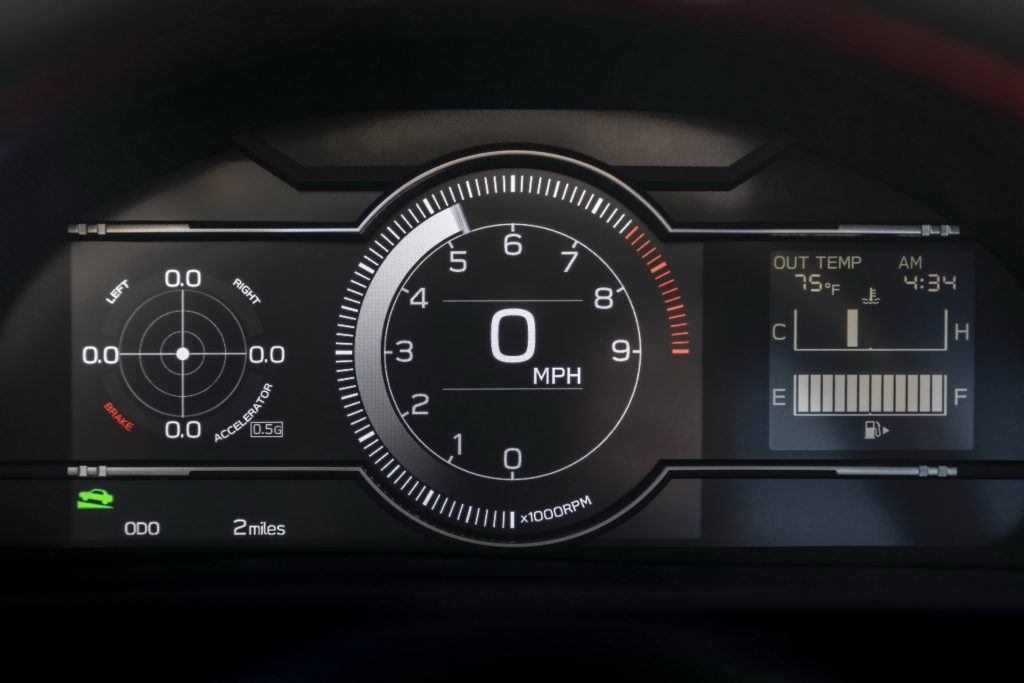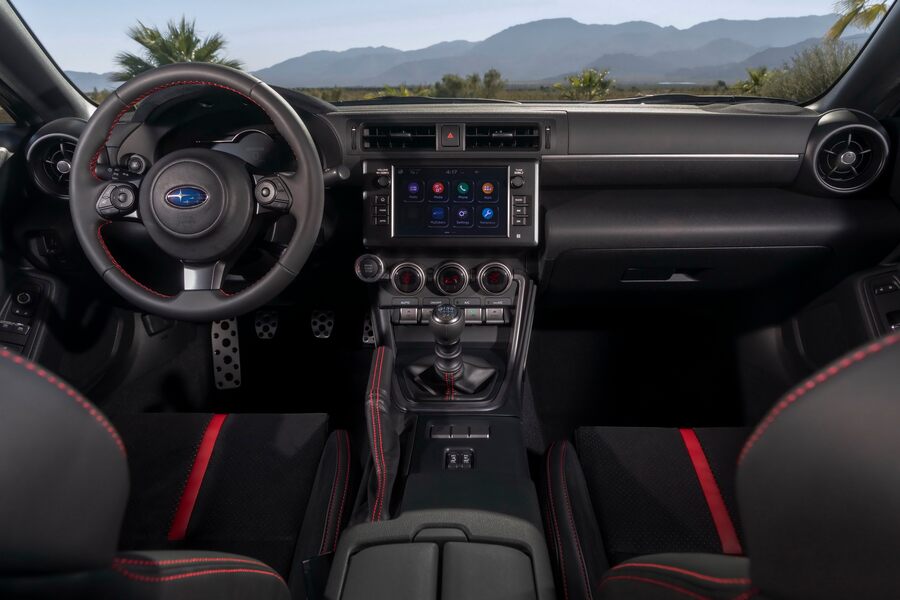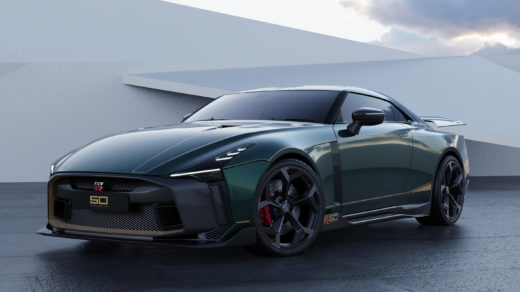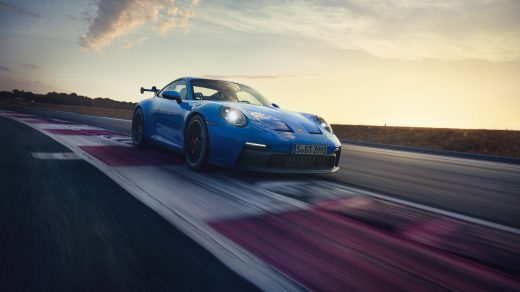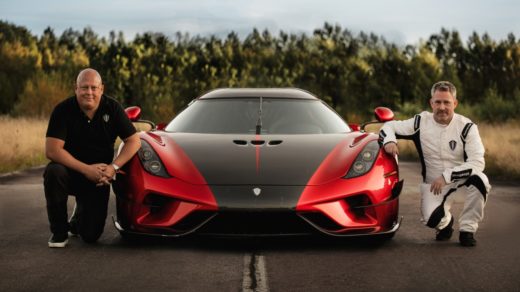Subaru BRZ – The right way forward
Hold your horses. The second generation BRZ will not head to Europe. Instead, it will be the Toyota GR86 to choose, and as with the first generation, the BRZ and the GR86 have been developed alongside each other.
It is refreshing to see that the BRZ still knows what it is. People have complained about a lack of power, and Subaru has remedied this, but in a rather unconvential way. Instead of going turbo, like everyone else, the BRZ have gone old school, increasing the size of the 4-cylinder boxer engine from 2.0 to 2.4 L. This is done by increasing the size of the cylinder, and retaining how far the cylinder moves. The result is 231 hp and 250 Nm. An increase of almost 20 %, and since it weighs 1315 kg, the power increase will create a completely different car. That’s not all, peak torque is reached at 3700 rpm, which has removed the hump in the middle of the power curve that existed in the first generation. All of this is available in either a manual or an automatic.
The design looks like the first generation, but done in 2020. Softer but more pronounced lines, the lines are not as simple and classic as it once were. The result is an exterior that wherever you look, you could argue that inspiration has been taken from other car brands. There is some Nissan 370Z, Hyundai Genesis and Corvette C7 stingray found in there.
Done in the same theme as the first gen, the interior does not look like it fits in 2020. Maybe it is because of the ultra-square infotainment screen that looks like it is halfway bolted in and the design of the seemingly enormous glove box, or what it is. Looks very odd. The dash is now digital, but the rest feels like a first gen BRZ, with some new buttons and less curves.
To improve on the concept, the center of gravity has been lowered even further. The front axle is stiffer by 60 %, and the torsional rigidity of the chassis is upped by 50 %. Some massive numbers when you think of it. It is not just small tweaks here and there to give incremental changes. From what the numbers tell, it should feel like a completely different car to drive, even though the majority of the chassis and suspension geometry has remained unchanged.
No price or performance numbers have been released, but it wouldn’t be impossible to have a 0-100 km/h of around 7 seconds. Price would be estimated to 32 thousand euros for the base model.
